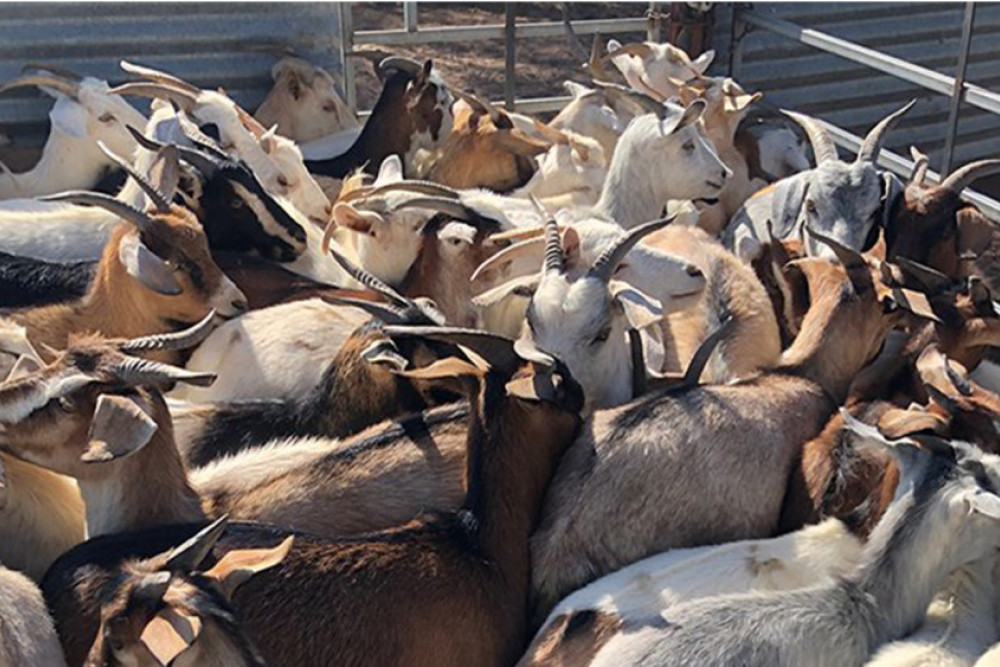Agricultural
7 September, 2022
Goat a profitable alternative
New research has shown that self-replacing meat goat and meat sheep enterprises in the semi-arid parts of Queensland are profitable and resilient alternatives to beef cattle enterprises.

An assessment of the profitability of different livestock enterprises in the semi-arid rangelands of northern Australia found self-replacing meat goat enterprises produced the second greatest rate of return on total capital per annum (3.7 per cent), only just below self-replacing meat sheep (3.9 per cent).
The major overall finding of the paper suggests farmers changing from a predominantly beef enterprise to rangeland meat goat production could substantially improve the long-term profit of the property, despite increasing financial risk and indebtedness.
However, other alternative enterprises including steer finishing, self-replacing beef cattle herds, self-replacing Merino wool flocks and a wether wool production enterprise all produced lower returns.
Facing high climate variability and periods of severe drought, a research project started in 2019 by Dr Maree Bowen and Fred Chudleigh from the Department of Agriculture and Fisheries (Queensland), sought to find out how livestock operations in the semi-arid rangelands of northern Australia could build resilience and profitability through diversifying livestock.
Dr Bowen said researchers worked with different businesses in the region to assess the economic benefit of diversifying income streams or changing enterprises.
She said the operating profit and return on capital were very good for existing sheep and goat enterprises based on the predicted future prices that were estimated in 2019.
“For goats, there has
been a relative increase in meat price over the years, and we found that the average husbandry costs of managing self-replacing rangeland meat goats is around $0.56/head per annum which is relatively low compared to other enterprises and part of their profitability story.
“Through the research, we found that existing rangeland meat goat production systems typically work on fairly minimum management to achieve a successful system.
“The results from our analyses are a guide and give insights using locally relevant data and long-term price expectations, however individualised economic analyses should ideally be conducted to give insights based on each manager’s own circumstances, expectations and available resources, to support decision making,” Dr Bowen said.


